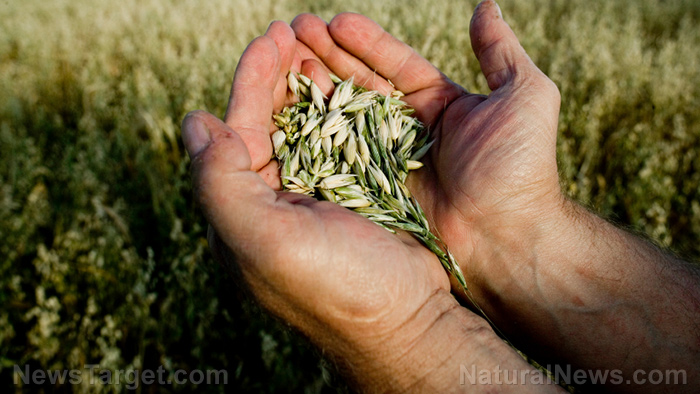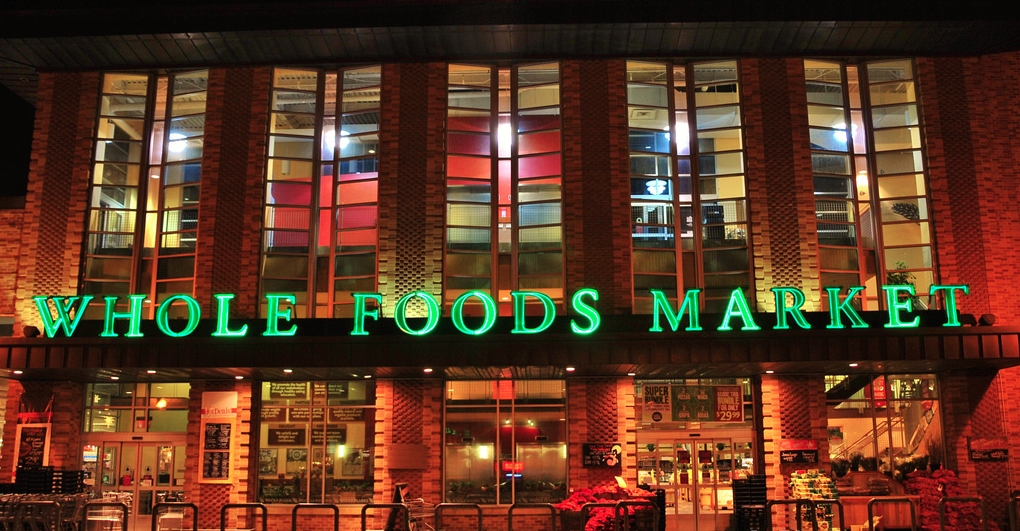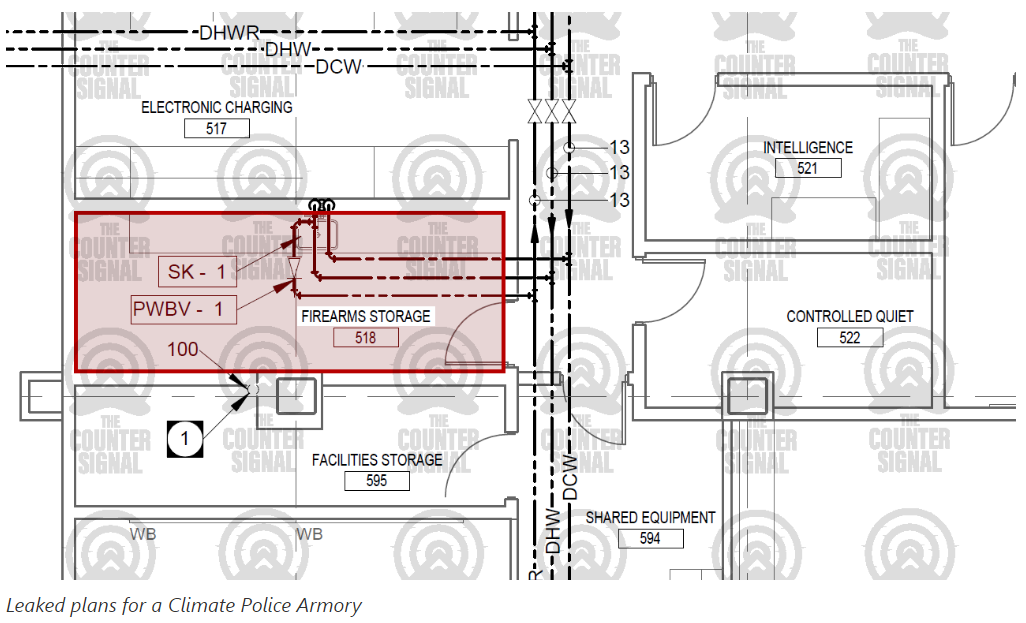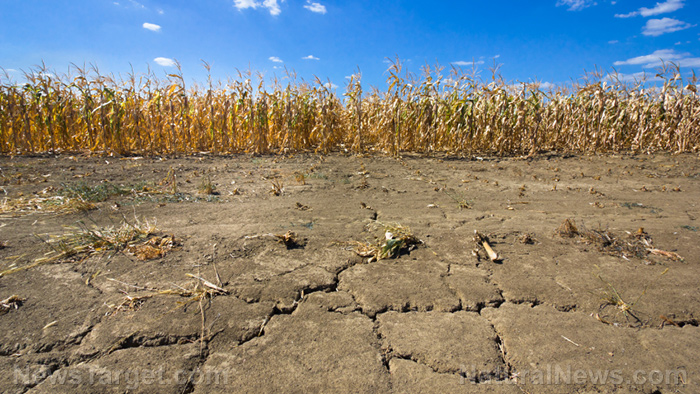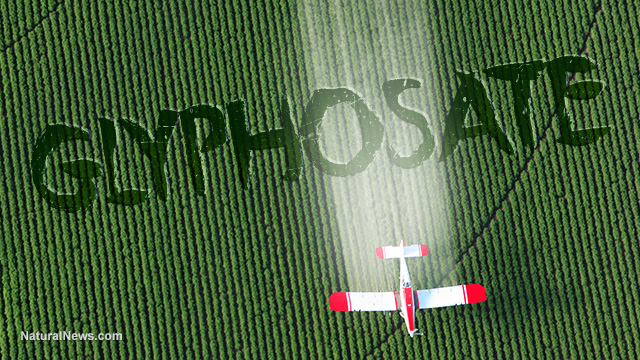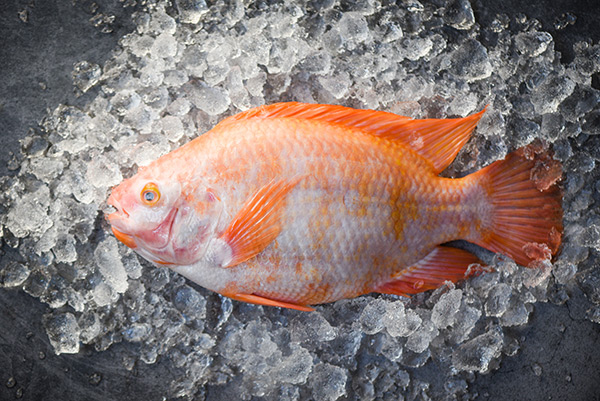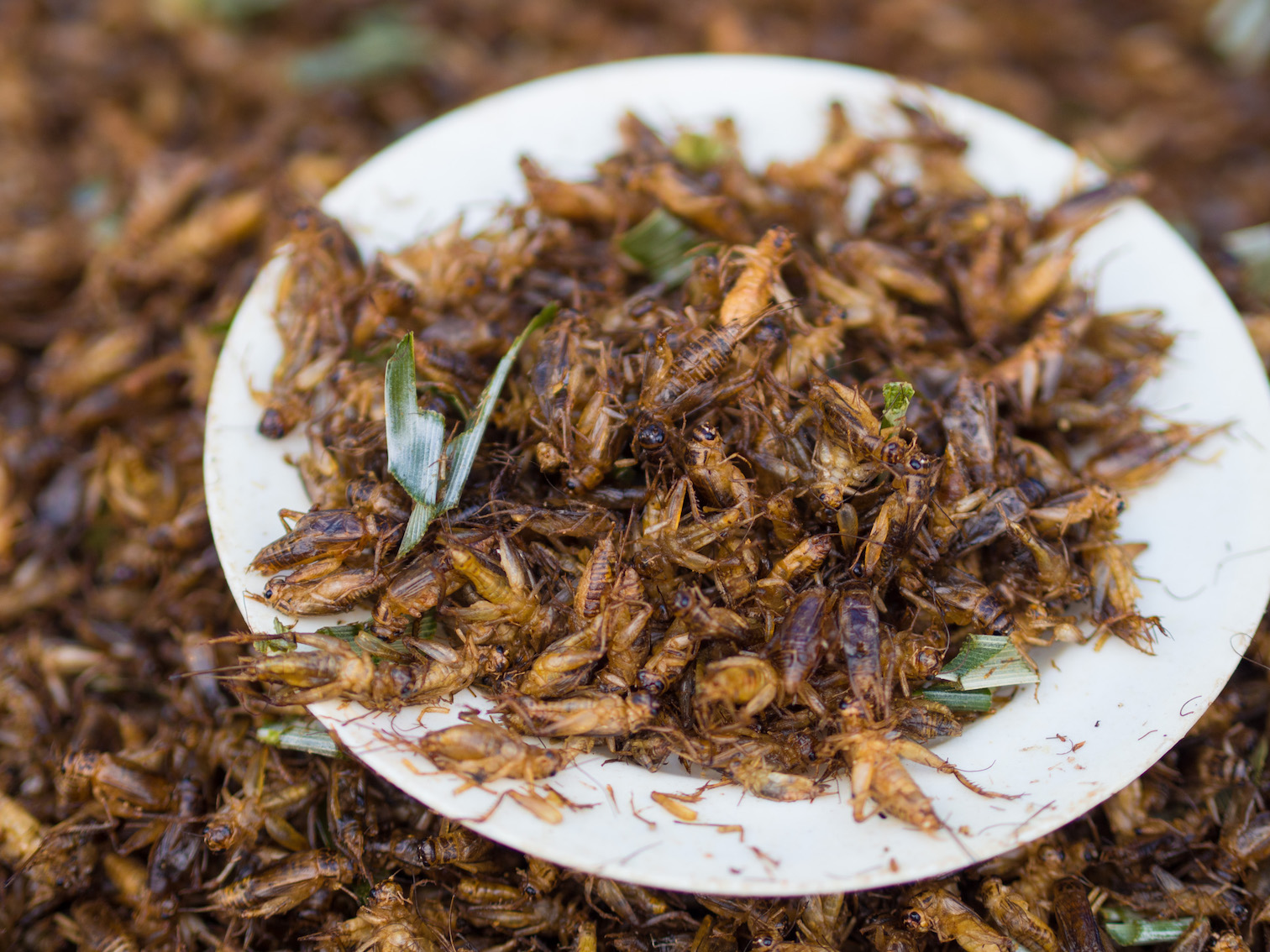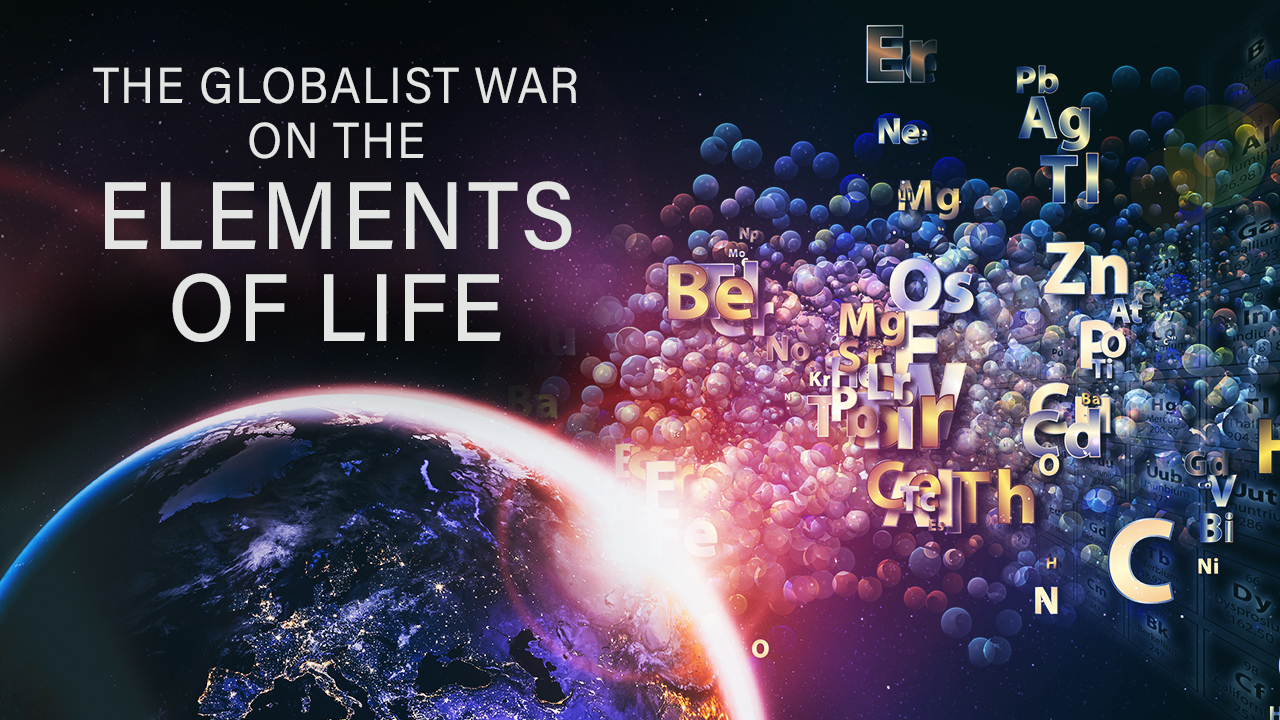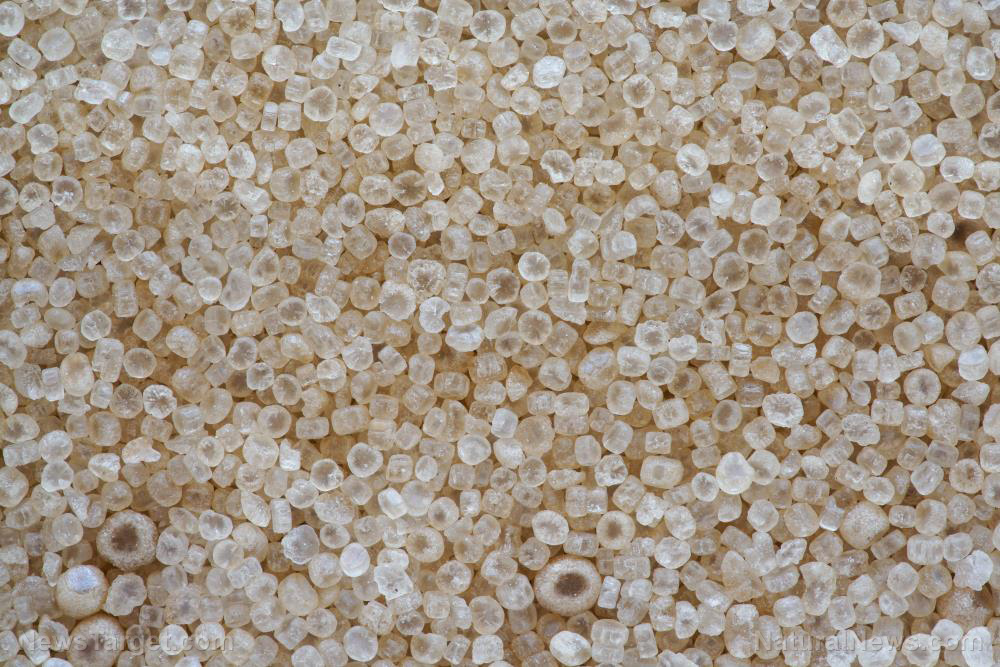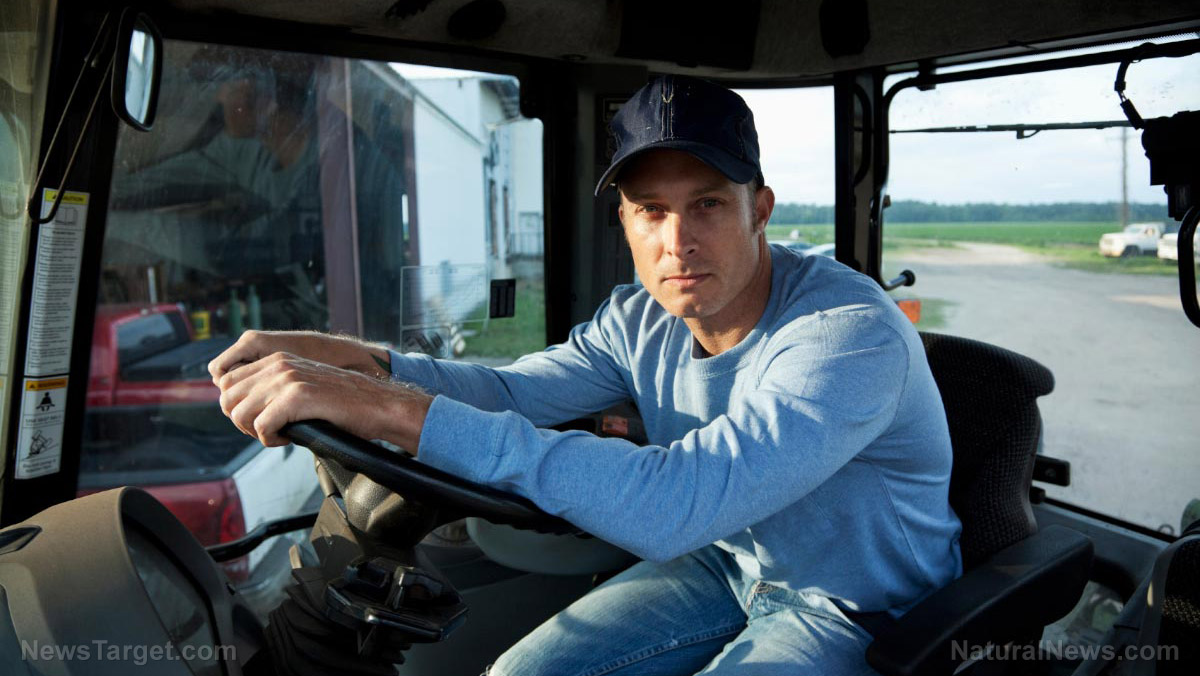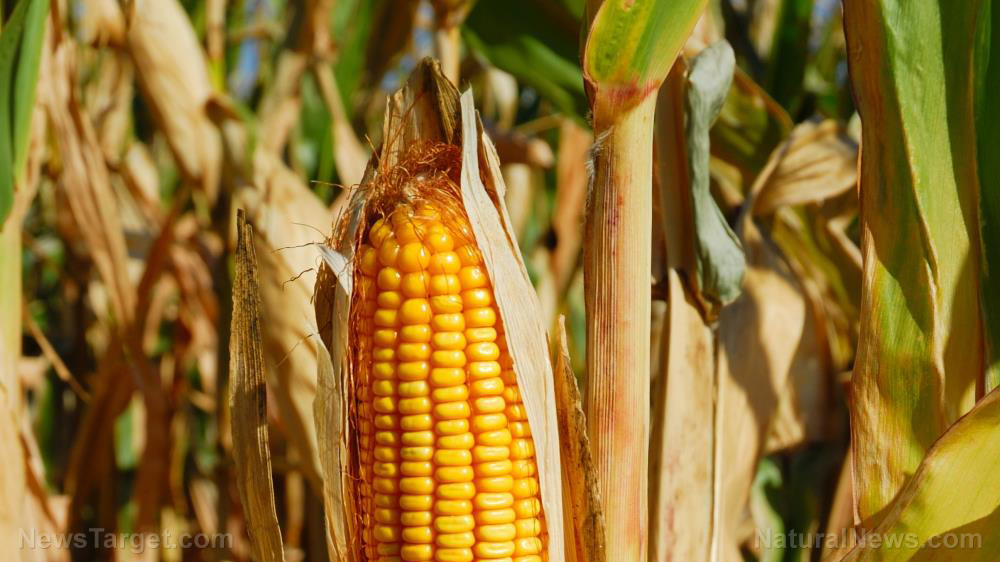Europe struggles amid WORST DROUGHT in 500 years
08/18/2022 / By Mary Villareal
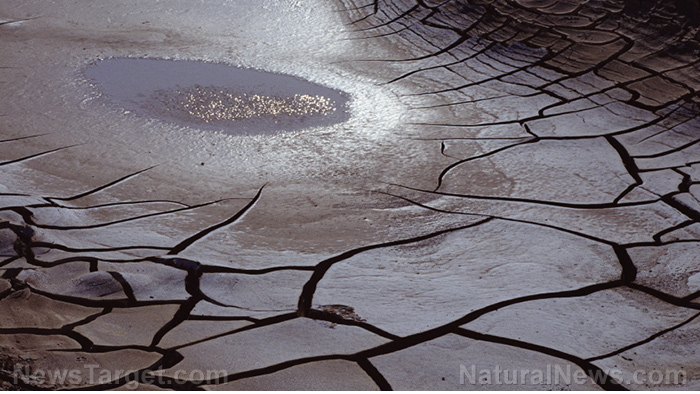
Europe is experiencing its worst drought in centuries.
The only similar event happened in 2018, when the continent suffered a drought so extreme that there had been no other comparable events prior. Senior researcher Andrea Toreti said this one is worse.
What makes this current drought crisis in Europe significant is its scale. The European Drought Observatory said 64 percent of the land in the European Union is now affected by drought, with 47 percent on “warning” conditions and 17 percent on “alert” conditions. The European Commission Joint Research Centre (EC-JRC) also said the current drought may be the worst in 500 years.
More importantly, it seems that the “worst drought” story is the same across the Northern Hemisphere, with Deutsche Welle declaring that “from Hungary to Hawaii, from the drying Rhine River to the now recovering Rio Grande, or from Casablanca to California, summer droughts and high temperatures are having a serious impact on everything from agriculture to the freight industry.” (Related: Cost of water in California hits all-time high amid enduring drought that threatens cities, massive agriculture industry.)
Water levels across Europe have been falling and vanishing: Italy’s River Po dropped to such levels that it can no longer water rice fields consistently, nor can it sustain clams.
There are also reports noting the lowering of water levels in Italy’s Lake Garda. “We came last year, we liked it, and we came back this year. We were a bit shocked when we arrived because we had our usual walk around, and the water wasn’t there,” a tourist noted.
In France, the Rhône and Garonne rivers’ waters are now too hot to cool nuclear reactors.
Major waterways affected by drought
Major waterways have also been suffering a fall in volume, causing headaches for those in the transportation sector. For Germany, which relies on suitably filled inland waterways, the signs are ominous. The problems with reduced delivery of Russian natural gas through the Nord Stream 1 pipeline are not helping matters, either.
The Rhine River, which spans Central and Western Europe, has also been so depleted that the standard number of vessels has been unable to sail with regularity on regular tonnage.
The Rhine Waterways and Shipping Authority (WSA Rhein) said the lower water levels could lead to the passage of fewer barges transporting petrochemicals and oil products and those that could make use of the river can only do so with reduced capacity.
For logistics in the petrochemical business, this meant sharp increases in costs, although a spokesperson for WSA Rhein suggested that the exceptionally low water levels at this time of year were “not significant.”
HGK, a German logistics company, also urged the public to remain calm, suggesting that the drought was “not as dramatic” as that of 2018. However, consultancy firm Elwis, which specializes in German waterways, said that if the water levels fall to 20 cm by mid-August, nothing would be able to navigate along the Rhine.
A spokesperson from BASF, which is the world’s largest chemical producer, summarized the issue with gloom. “The mark of 60 cm of the Rhine has been undercut at Kaub. Levels in the range of 35-55 cm are forecast for the next two weeks. For the predicted levels, some types of ships can no longer be used and will stop sailing; all others will sail with reduced loads.”
To cover costs, the company has now resorted to alternative modes of transport, including rail. (Related: Dwindling wheat supply may kick off global famine, expert warns.)
In non-transport-related matters, scenes of parched earth have been shown across the globe from the U.K., which is known for its mild climate. Parts of the country have also experienced their driest July on record, with hosepipe bans being introduced as temperatures rise beyond 40 degrees Celsius.
Visit Climate.news for more updates about the drought in Europe.
Watch the video below for more information about the weeks-long drought in Europe.
This video is from the High Hopes channel on Brighteon.com.
More related stories:
Heatwaves, forest fires in Europe devastate crops and livestock.
Drought in France forces authorities to place new restrictions on water usage.
Drought threatens US wheat harvest, deepening global supply challenge.
Sources include:
Submit a correction >>
Tagged Under:
big government, chaos, clean water, Climate, disaster, drought, Ecology, environment, Europe, heatwave, Lake Garda, panic, Rhine River, River Po, scarcity, supply chain, water shortage, water supply
This article may contain statements that reflect the opinion of the author
RECENT NEWS & ARTICLES
COPYRIGHT © 2017 FOOD SCIENCE NEWS


